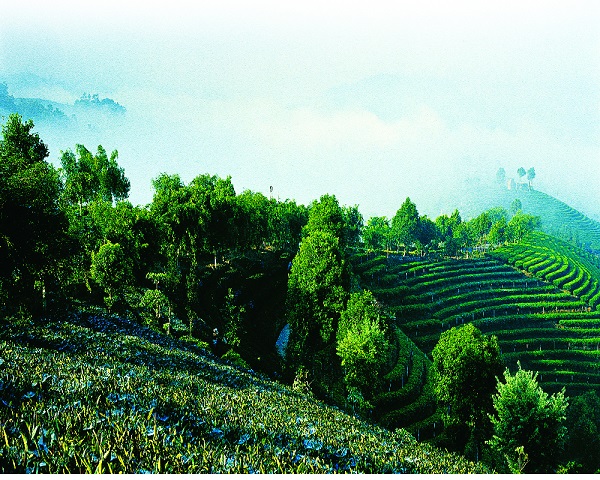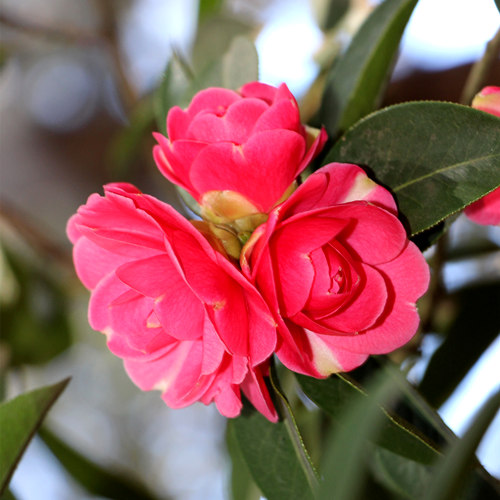
History of Pu'er Cooked Tea
The earliest form of cooked tea is the water-splashing tea.
The antique-finishing process using tidal water was adopted in the late 50s, when China Tea Guangdong Company exported tea to Hong Kong.
In the 60s, unfinished tea was allocated and transferred from Yunnan to other regions, and exported after water-splashing for antique-finishing.
In the early 70s, China Tea Yunnan Company obtained the import and export rights. With an understanding of consumer demand, the company sent staff to Guangdong for study.
In 1975, the process was fixed as pile fermentation for sun drying unfinished tea.
Hence, the era of Pu'er cooked tea was started. In the late 70s, the concept of post-fermentation appeared. For the purpose of differentiation, "Pu'er Tea" refers in particular to the exported Pu'er cooked tea. So, in fact the process finalization of Pu'er cooked tea only has a history of 40 years to this day.
The color of Pu'er tea: the left are cooked tea cakes, and the right are uncooked ones.
Local standards in Yunnan province in 2003, Pu'er tea takes the Yunnan big-leaf sun-dried unfinished tea as raw material collected from a certain area in Yunnan,which is made into bulk tea and tight tea via fermentation, the color in appearance is brown red, and the color of tea soup is bright red.
After a long time storage, the nature of Pu'er tea becomes relatively mild with mellow taste and enchanting fragrance.
Antique-finishing endows the feature of old raw tea to the newly picked crude tea both from feeling in the mouth and functional effects,
which fixes up the inconvenience that raw tea is unfit for drink immediately.
If there is a way to speed up the process of change during the storage of Pu'er tea, larger promotion can be obtained in both the economic benefits and the drinking effects.
During the production and management practice of Pu'er tea, the merchants use the method of water-splashing and warming-up to realize the fast aging of Pu'er tea, achieving a result similar to old raw tea.
This process in itself is antique-finishing, which becomes the technique of production for Pu'er cooked tea through a long period of explorative evolution.
Pile fermentation, after decades of continuous and innovative development and practice, has formed a standard, stable and mature fermentation method, with its core technology at national secret level. Antique-finishing not only shortens the aging time of Pu'er tea, but also promotes its health care effects, because a great quantity of microorganisms are involved in pile fermentation, highlighting other substances that can represent the quality of Pu'er tea.
.jpg)
In such an era with prevalence of health care and increasing demand on Pu'er tea, once again the cooked tea catches the eyes of consumers.
A long-waited era for cooked tea arises at the historic moment.
(Reference: Xin Teahouse and the Internet)



